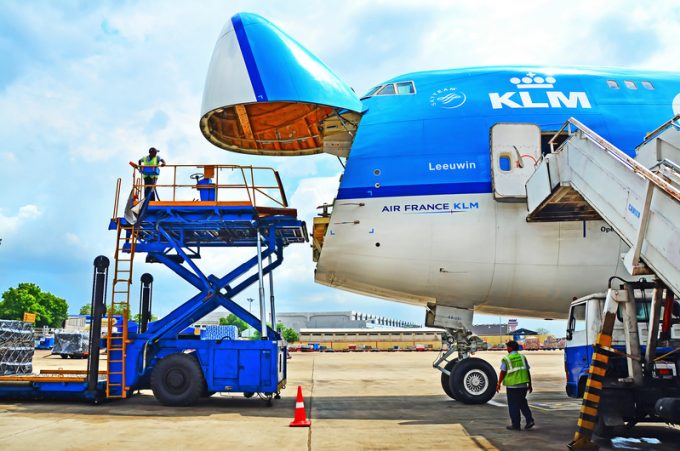Carriers could correct charter market boom
A charter market correction could be looming amid the deterioration in spot rates. Citing the ...

Air cargo markets continue to move towards normalisation post-Covid and, while the watchword for 2024 is caution, it should be an improving picture as next year unfolds, according to a senior executive at a leading player.
At a recent seminar organised by Scan Global Logistics, Adriaan Den Heijer, EVP Cargo at Air France-KLM Martinair, underlined that after the pandemic – characterised by buoyant demand, the dramatic phasing out of bellycargo capacity, load factors increasing to historic heights accompanied by high yields ...
Outlook for container shipping 'more uncertain now than at the onset of Covid'
Transpac container service closures mount
Shippers warned: don't under-value US exports to avoid tariffs – 'CBP will catch you'
Cancelled voyages take the sting out of spot rate declines this week
New Houthi warning to shipping as rebel group targets specific companies
Blanked sailings in response to falling demand 'just a stop-gap solution'
K+N CEO unveils impact of US import tariffs on China-origin goods
CMA CGM to reflag box ship as the French carrier eyes growing Indian market
UK pauses tariffs on 'everyday' items
Boeing looks to resell up to 50 aircraft rejected by Chinese buyers
'Strong start' to 2025, despite market uncertainty, says Kuehne + Nagel
More pressure on transpacific rates as carriers bet on a China-US trade deal
US Customs chaos means 'more downside risk than upside potential' for air cargo
Taiwan ministries act to mitigate effect of trade war on agriculture exports
Wan Hai joins box shipping 'arms race', but avoids Chinese yards for newbuilds

Comment on this article